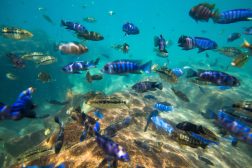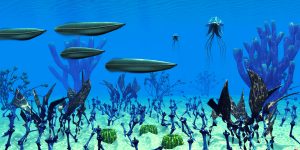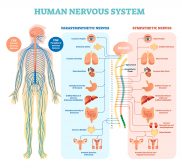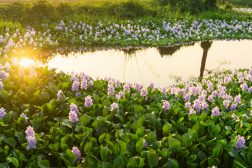Definition
A gram-negative pathogenic bacterium associated in gastroenteritis in humans and other mammals.
Noun
Supplement
Salmonella typhimurium has a lipopolysaccharide at the outer membrane composed of phosphorylated glucosamines which attached to fatty acids that protect the bacteria from the harsh environment. It has the ability to endure acetylation of O-antigen responsible for host immune response that changes its conformation and makes it hard for antibodies to distinguish.
Salmonella typhimurium is able to produce autoinducers, a small signaling molecule that increases the concentration of glucose and recycled by the bacterial cell which permits cells to determine the metabolic potential of the environment. It cause scuttle of white blood cell into the mucosa and throws off between absorption and secretion leading to diarrhea.
Salmonella typhimurium infects through direct contact with nonphagocytic cells that induces the arrangement of appendages on the bacterial surface in which its appendages is shorter than flagella causing the host cytoskeleton to rearrange and permits the bacteria to enter the cell. When it enter the epithelial lining in the intestine makes cell ruffling that temporarily damage the microvilli on the surface of the cell.
Scientific classification:
Kingdom: Bacteria
Phylum: Proteobacteria
Class: Gammaproteobacteria
Order: Enterobacteriales
Family: Enterobacteriaceae
Genus: Salmonella
Species: Salmonella typhimurium
See also:
• Bacteria
• Gastroenteritis
Dictionary > Salmonella typhimurium
You will also like...

Genetics and Evolution
Humans are diploid creatures. This means that for every chromosome in the body, there is another one to match it. Howeve..

Still Water Animals
Animals living in aquatic habitats have diversified and evolved through time. They eventually occupy ecological niches a..

Arthropods
The arthropods were assumed to be the first taxon of species to possess jointed limbs and exoskeleton, exhibit more adva..

Genetic Engineering Advantages & Disadvantages
This tutorial presents the benefits and the possible adverse eventualities of genetic engineering. Know more about this ..

The Human Nervous System
The nervous system is essentially a biological information highway. This tutorial gives an overview of the nervous syste..

Still Water Community Plants
This tutorial looks at the adaptations of freshwater plants for them to thrive in still water habitats. Familiarize your..

